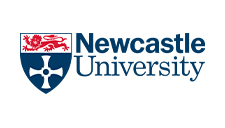Mapping things we care about.
Urban planners develop plans for communities. These are the places we live, work, connect, and socialise on a daily basis. Progressing these plans requires planning research.
When doing urban planning research, a simple questionnaire or plan sometimes is not enough. Visual and audio information are also valuable insights to integrate.
Open Lab wanted to create a platform to facilitate place-based research. A platform that allows survey participants to answer and interact directly on the map.
Solving the problem
Make Place was created to allow urban planners to ask questions and plot answers to them as pins on a map. Users can invite text or media-based responses to their questions, and design them entirely around the needs of their projects.
The system is powered by an open-source online content management system called Silverstripe used in conjunction with a geographical survey tool.
The aim is to give communities the power to gather data relevant to issues that are important to them at a very local scale.
Aare Puussaar, Researcher at Open Lab
Researchers can conduct a survey and the participants can use Make Place to visualise the answers. The benefit of this open-source tool is its versatility. A participant can answer with text, pictures, videos and audio files.
It is also possible to interact by voting or putting an emoji to agree or disagree with an answer. A feature that makes the platform interactive and detailed, as the answer can be mapped to a specific area.
Key outcomes
Newcastle University researchers have used the open-source platform in diverse urban subjects: to improve neighbourhoods in Newcastle, put smart sensors to sense the city and pair volunteers and NGOs in Lebanon to fulfill community needs during the COVID-19 pandemic.
It has also been used in university teaching.




